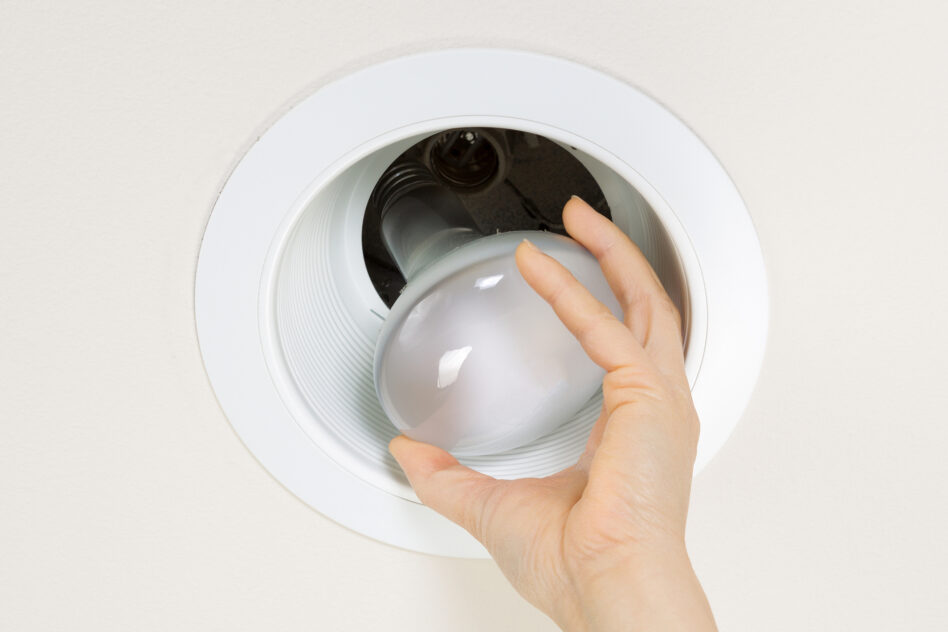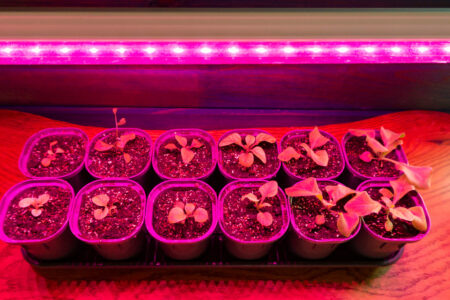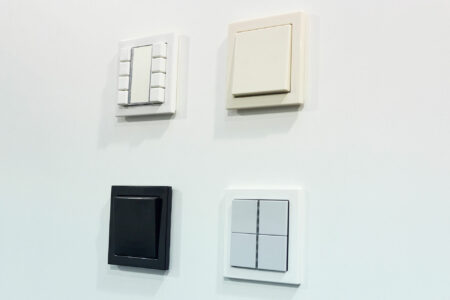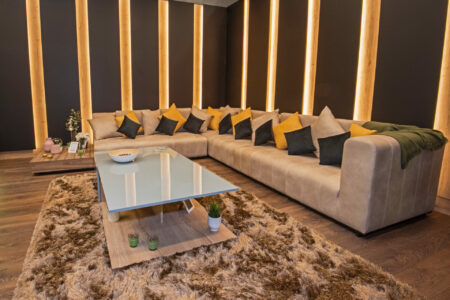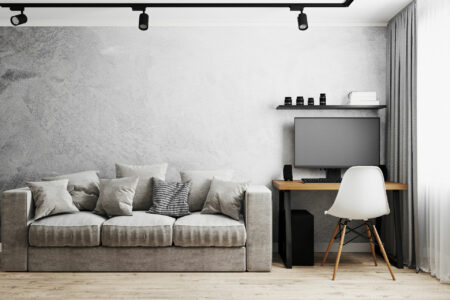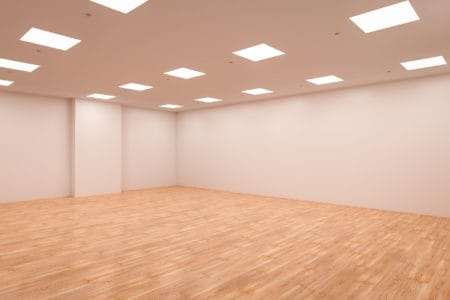Downlighting or recessed lights are an excellent way to create focal and feature areas using lighting without taking up much space. But what’s the difference between Can and Canless, and does it matter which type you choose?
What Is Recessed Lighting?
Recessed lights or downlights are also sometimes referred to as can lights. These fixtures sit flush with either a ceiling or wall. They’re used to create either unobtrusive directional lighting or can be used as floodlights.
Because no lights hang down as with chandeliers or pendants, they’re often used where ceilings are low. They can provide ambient lighting, or if you use directional recessed lights, you can accent certain areas.
The most common type of recessed lighting is the can light or canister light, which can be tricky to install or remodel. Canless recessed lighting has become a popular alternative as they are all-in-one units, which makes them easier to install.
What Is Can Lighting?
Traditional recessed lights are usually known as can lights. They are formed of several main parts:
- The mounting frame secures the light to the ceiling between the joists.
- The housing, or can, holds the bulb and comes in different sizes.
- The trim is the visible part of your fixture. It is decorative and comes in different materials and colors.
- The bulb can be a narrow or wide beam, dimmable or non-dimmable, and come in different shapes. LED bulbs are the most popular as they are energy-efficient.
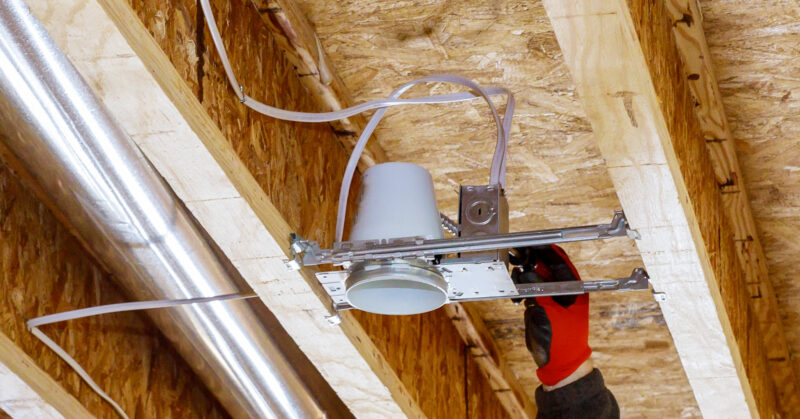
The problem with canned recessed lights is they need lot’s of space above the ceiling joists to fit – usually at least eight inches. Depending on your wiring and ceiling material, installation can also be challenging.
When using recessed lighting in rooms with high moisture, you’ll need water-tight ones designed for damp conditions. When choosing recessed lighting for your bathroom, buy airtight, insulated lighting.
What Is Canless Lighting?
The latest take on recessed lighting is the canless model, which does away with the old recessed housing. By using LED lights that operate at cooler temperatures, designers have made an all-in-one unit that can fit into smaller spaces.
These canless units usually have an integrated junction box, which makes installation much safer and faster. Since canned lights are usually installed at the building stage, they can be difficult to replace when you remodel. With the slimline canless units, adding new recessed lighting is much easier.
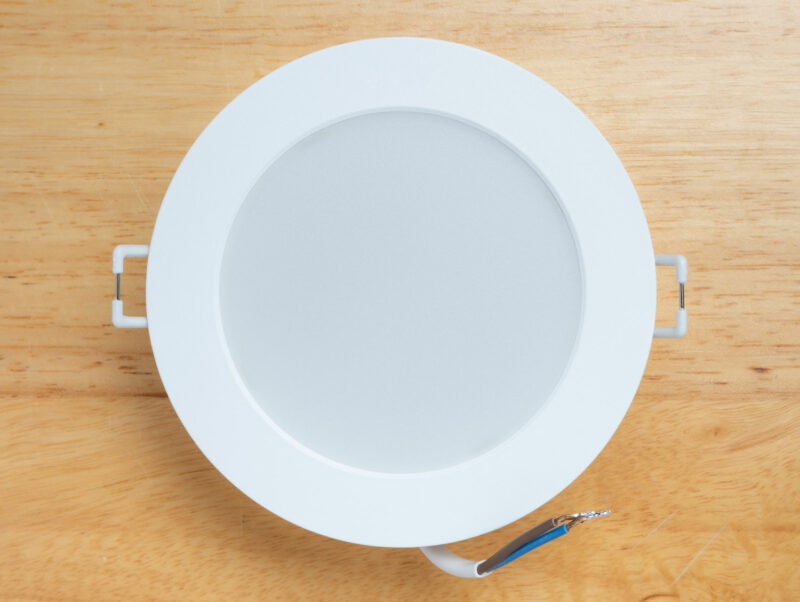
If you already have wiring, installing canless lighting is relatively easy. You do not need to attach frames or housing to joists, making them suitable for remodeling. The downside of canless recessed lights is that they can be much more expensive than traditional can lights.
Can You Use Regular Lights In Recessed Lighting?
You will need to buy the correct light bulbs for your fittings. Some fittings can only take certain kinds of bulbs, for example, halogen or fluorescent lights. Suppose the lamp base is a regular screw type. In that case, they will usually be able to take LEDs, fluorescent, halogen, or incandescent bulbs.
Can You Put LED Lights In Recessed Cans?
Many recessed cans will take LED bulbs, depending on the type of light fitting.
Standard LED Swap
If you have standard incandescent housing and trim in your recessed lights, you can swap out the incandescent bulb for a standard LED bulb.
These recessed lights are easy to change, and new LED bulbs will be cheaper than buying retrofit LED lights or new LED-suitable housings.
However, the LEDs could trip your circuit breaker since they direct heat upwards to the sensor. Not all LED bulbs look good in recessed fittings as they may stick down too far from the recessed housing.
LED Retrofit
You can buy a special LED retrofit package that plugs into the old housing but replaces the bulb and trim. These modules are very convenient and easy to install.
They are generally more cost-effective than replacing the entire unit and look better than swapping out the light bulb. They will also have better heat management, and the heat sensors should not trip the circuit.
Canless LED Replacement
You can also swap out the entire recessed housing, trim, and bulb with a modern slimline canless unit. These LED systems are all-in-one units that function seamlessly with your standard wiring.
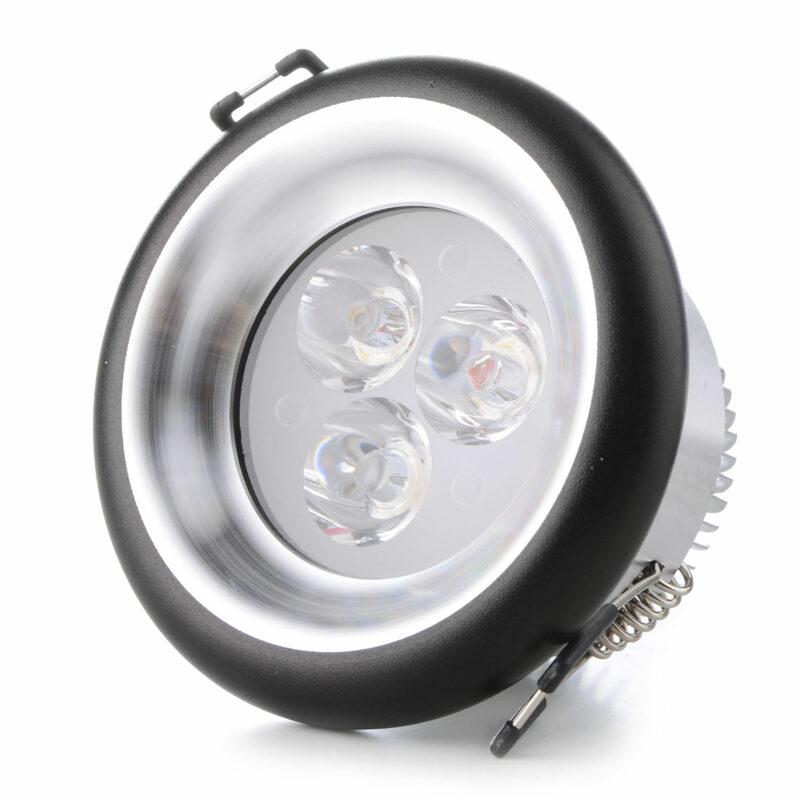
They will cost more than simply swapping out the bulbs or adding a retrofit. Another potential downside is removing the old can recessed units if you don’t have direct access to your ceiling.
Where Should You Put Recessed Lights?
Recessed lights are excellent for areas with a low ceiling where hanging lights like chandeliers or pendants would get in the way. They’re also suitable for providing strip and accent lighting in smaller spaces like kitchens and bathrooms.
Recessed lighting, in conjunction with under cabinet lighting, is an excellent way to light up your kitchen surfaces without having light bulbs obstructing your work area. Use multi-directional spotlighting when installing recessed lights to accent a feature like a fireplace.
Where Should You Not Put Recessed Lights?
While using either can, or canless recessed lights is handy when you want to highlight an architectural feature, avoid using them as the main lighting in a room. Especially if you run them in rows down the center of a hall or room, they can look industrial.
When installing can recessed lights, don’t run them too close together or too near the ceiling joists, as this could cause overheating problems. If your roof space is too low for recessed lights, you can look into the newer canless LED designs, which take up less space and do not produce as much heat as the old recessed models.
With the modern canless unit, you won’t need the housing, which frees up more choices when you design your lighting. However, if you still prefer halogen or incandescent bulbs, you must stay with the standard can recessed light fittings.
